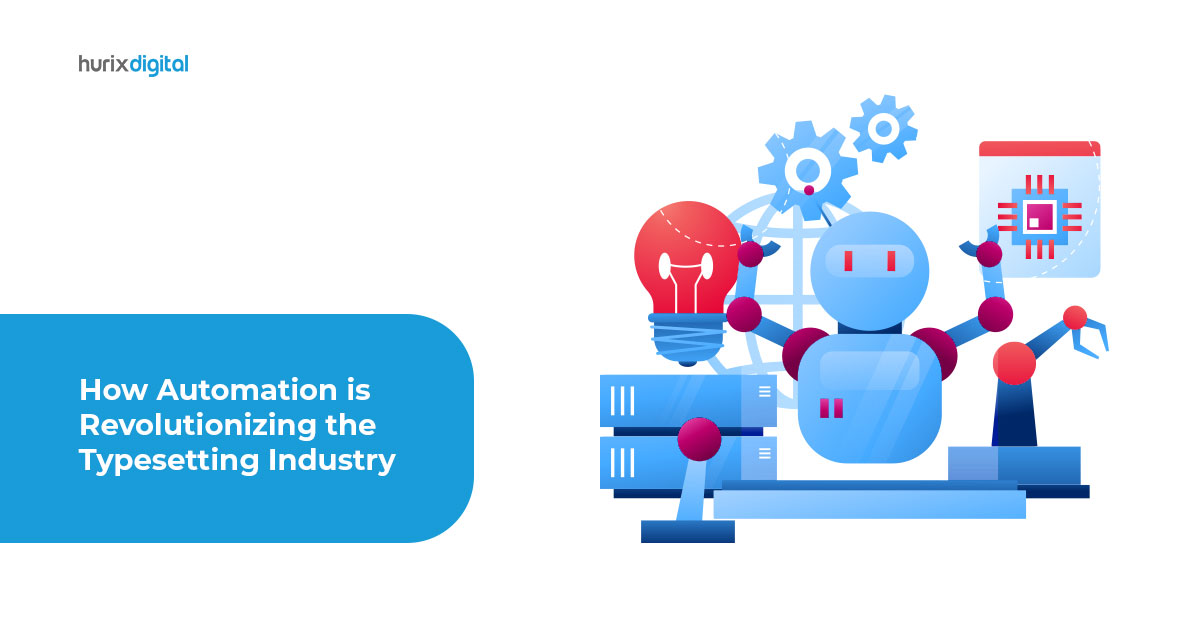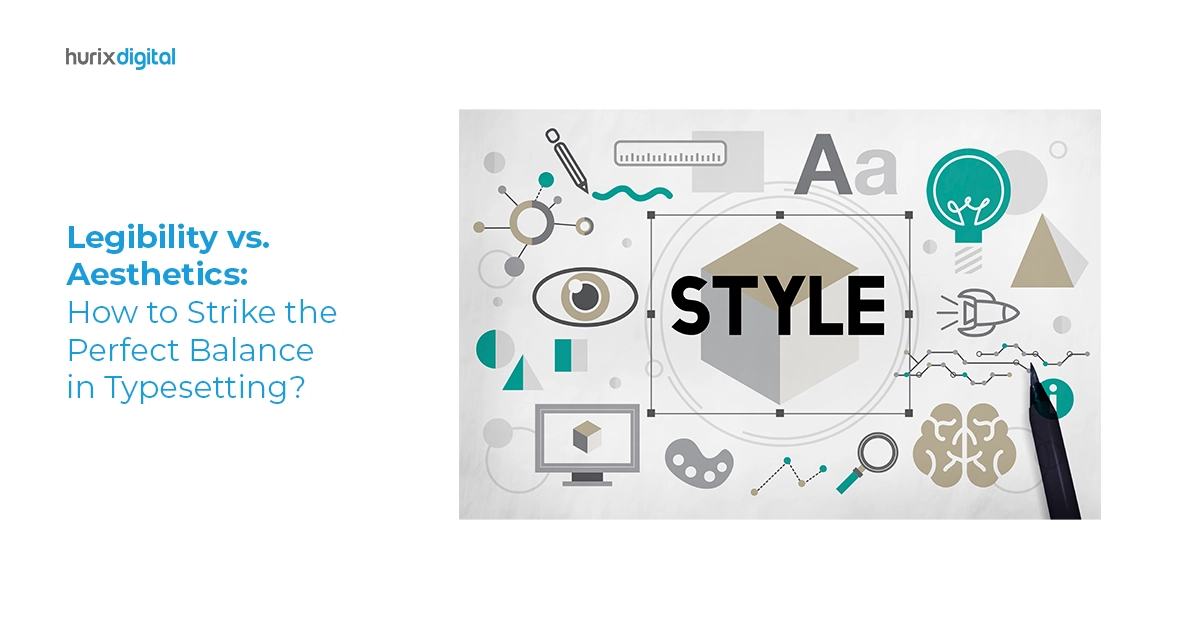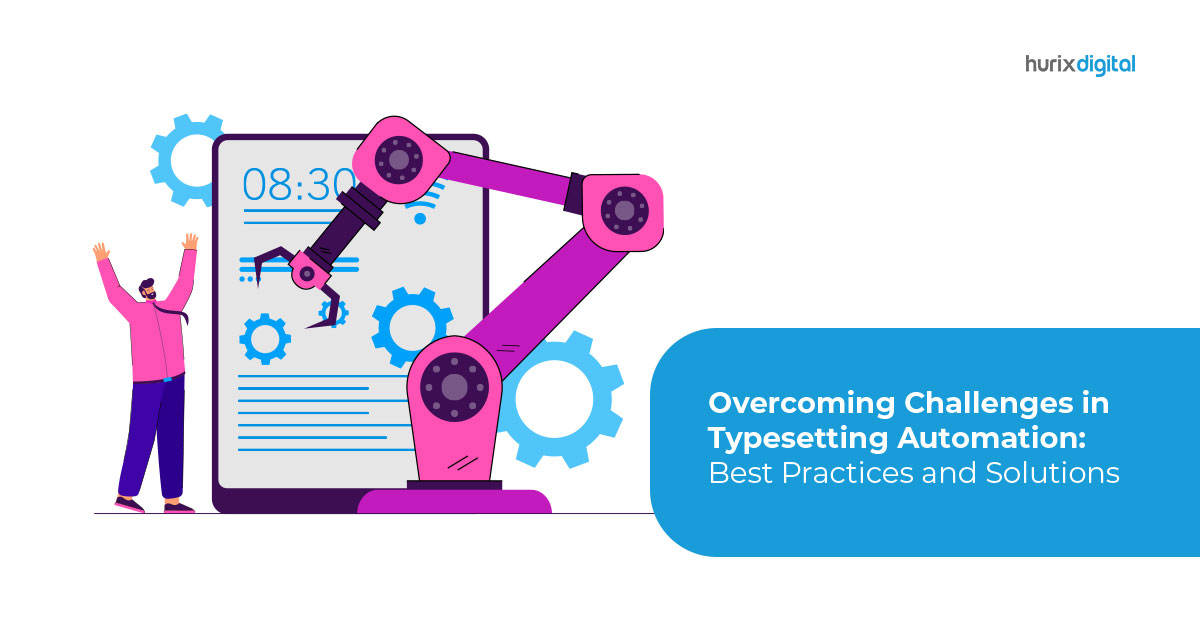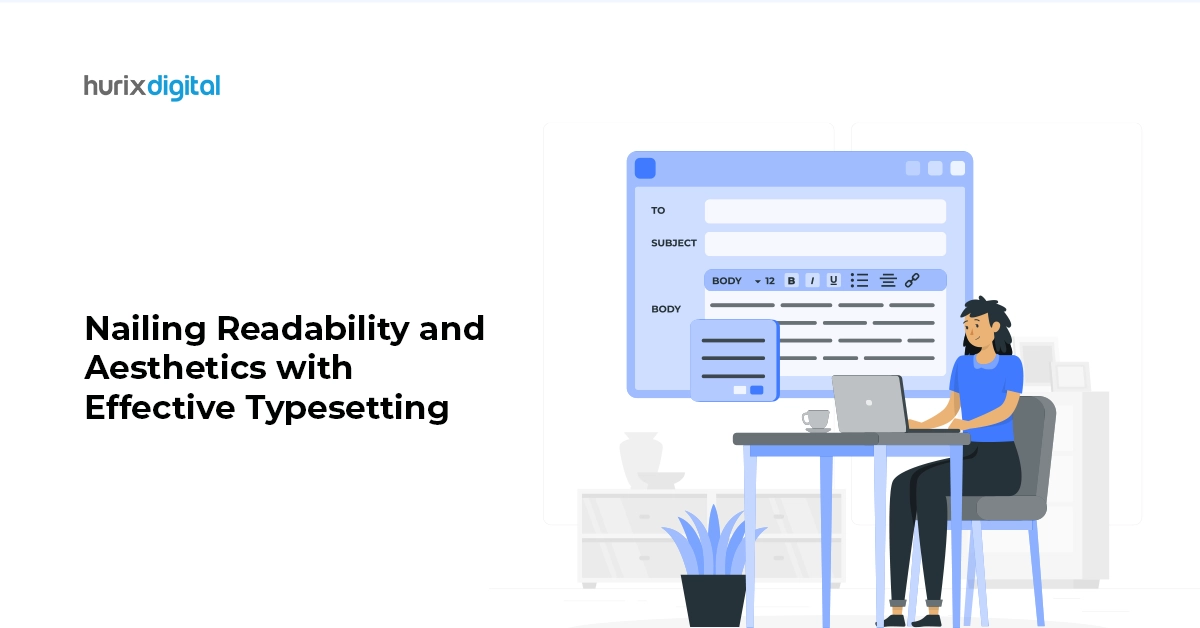
How Automation is Revolutionizing the Typesetting Industry
Summary
Explore how automation is revolutionizing the typesetting industry, focusing on the benefits of automated typesetting solutions in enhancing speed, accuracy, and overall production quality.
Did you know that self-published books bring in a revenue of $1.25 billion every year?
Thanks to advancements in typesetting technology, manual typesetting is a relic of the past, and self-publishing has become increasingly accessible. This evolution presents a unique opportunity for traditional publishing houses to enhance their operations. To tap into this significant market potential, you need to improve your formatting techniques.
Proper formatting can attract more readers and increase your sales, making it crucial for success. Automated typesetting is changing the landscape of the typesetting industry. To publish a well-designed book, you must understand the basics of automation in typesetting and discover the best typesetting software to benefit you.
Table of Contents:
- What is Typesetting in Publishing?
- What is a Typesetter?
- How is Automation Changing the Landscape of Typesetting?
- Automated Typesetting Tools
- Conclusion
What is Typesetting in Publishing?
Typesetting is a process that plays a vital role in the publishing industry and generally takes place after the final draft of the manuscript has been edited. Typesetting typically involves selecting and formatting fonts, page trim size, spacing, and margins.
It also entails arranging images, tables, and other graphic elements to create a visually appealing and easy-to-read printed or digital document. Carrying out this process not only enhances the reading experience but also gives your book a professional and eye-catching appearance.
What is a Typesetter?
A typesetter is a person who specializes in the process of typesetting. They provide typesetting services to produce well-organized, aesthetically pleasing text that is simple to understand.
In the past, typesetters painstakingly arranged metal or wooden type blocks by hand to create printed pages. Nowadays, with the advent of technological solutions, typesetters rely on sophisticated software programs such as Adobe InDesign, QuarkXPress, and LaTeX.
They are skilled in technical aspects of formatting text, graphical elements, typography, and layout design. Typesetters employ these skills to help design magazine, graphic, and newspaper layouts and perform book typesetting.
Also Read: Automating Multilingual Typesetting: Challenges and Solutions
How is Automation Changing the Landscape of Typesetting?
Now that you know the basic terms and definitions, let’s understand how automation is bringing changes in the typesetting industry.
1. Enhanced Customization
With the rise of automation, typesetting now offers greater customization options. Automated typesetting software provides an array of templates and layouts to design your book’s pages. All you have to do is choose one, and the software takes care of everything else—from word spacing and font styles to margins, headers, footers, and even the placement of images and captions.
The formatting of pages takes place quickly, and the result is a formatted file. You can then preview your file format and gain a better understanding of how your book will appear to your readers.
2. Increased Accuracy
Automation software runs checks for spelling, grammar, and language translation errors and refines the document, reducing the presence of human error. It also ensures consistency in paragraphs by eliminating the presence of orphans and widows.
In addition, this technology can typeset your book in a way that meets the typesetting or formatting standards of the publishing industry. This includes accessibility considerations.
Automation in typesetting increases the accuracy and quality of content by reducing errors and confirming industry standards.
3. Time-Saving Process
Unlike manual typesetting, where it took hours and days to format a book completely, automation can typeset books in mere minutes. Automation tools can process large amounts of text and images and accommodate changes and revisions.
Automation results in an efficiently produced, high-quality, well-formatted document, enabling you to get your books and other publications out quickly and giving you a competitive edge.
4. Reduction in Costs and Increased Profits
Automation can reduce labor, paper, and specialized equipment costs. Automation software can handle the typesetting process and fit the content optimally on pages without any manual help. The software frees up your time, which you can devote to other productive tasks.
In the long run, by saving costs and increasing productivity, automation helps to increase your bottom line and generate profits.
Automated Typesetting Tools
Here are some automated typesetting tools that can help you automate typesetting and reap the benefits that come with them.
1.LaTeX
LaTeX typesetting software is a popular choice for publishers, academic institutions, individual authors, and more for the following reasons:
- It’s equipped with a broad range of templates to format content like text font and style, table of contents, citations, etc.
- The software can convert your content into multiple languages.
- It automatically saves all the formatting and changes.
It can be accessed on any smart device.
2.Adobe Indesign
Developed by tech giant Adobe, Adobe Indesign is a helpful software for professional designers and creators, thanks to its capabilities like:
- Creating a wide range of print and digital documents.
- Being equipped with various features, from creating styles, layouts, and designs to master pages.
- Curating rich graphics and high-quality marketing content.
Also Read: The Role of Interior Design in Typesetting and Layout Design in InDesign
Conclusion
Automation is here to stay, with the global typesetting software market expected to reach $2.06 billion by 2030 from $1.02 billion in 2017.
In this scenario, it’s important to leverage automation in typesetting to become a successful author or designer.
Though automated typesetting makes self-publishing convenient for individuals and publishing houses, it has a learning curve. Without proper training, modern typesetters can run into several challenges. For this reason, outsourcing typesetting services may be more beneficial if you want to save time and money.
Hurix provides customized digital prepress services to meet your publishing needs. Equipped with a team of expert typesetters and state-of-the-art technology, Hurix strives to convert your manuscripts into quality print-ready formats.
To know more about automated typesetting services, get in touch with Hurix.

Vice President – Digital Content Transformation. He is PMP, CSM, and CPACC certified and has 20+ years of experience in Project Management, Delivery Management, and managing the Offshore Development Centre (ODC).







